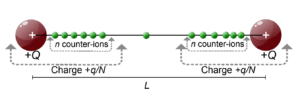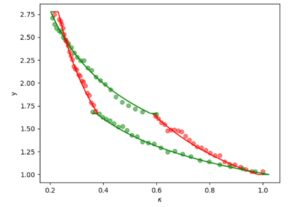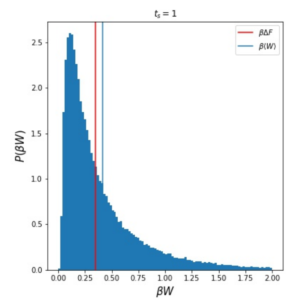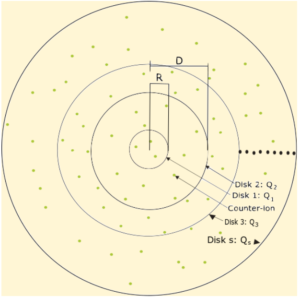Articles

Like-charge attraction at short distances in a charge-asymmetric two-dimensional two-component plasma: Exact results

Electric vector potential formulation in electrostatics: analytical treatment of the gaped surface electrode
Undergraduate Thesis
Stability of non-relativistic matter
Turbulence and weak solutions of the Euler equations
Theoretical/computacional project

Study of Algorithmic Foundations in Quantum Computing: Quantum Fourier Transform and Shor’s Algorithm
Exact Solution of the 2D Ising Model in the Thermodynamic Limit

The Sine-Gordon Model and Its Applications in the Statistical Mechanics of Coulomb Gases in Equilibrium
Equivalence of the Quantum Sine-Gordon and Thirring Models
Prediction of the Arrow of Time in a Spin Chain System within a Time-Dependent Magnetic Field Using Machine Learning

Implementation of Machine Learning in Predicting the Direction of the Thermodynamic Time Arrow in Brownian Motion
Equivalence between the Thirring massive model and the Sine Model Gordon
Applications of the sine-Gordon model in statistical mechanics of Coulomb systems
Solitons in the classical solution of the sine-Gordon equation
Universidad de los Andes | Vigilada Mineducación
Reconocimiento como Universidad: Decreto 1297 del 30 de mayo de 1964.
Reconocimiento personería jurídica: Resolución 28 del 23 de febrero de 1949 Minjusticia.
Web design and programming © Gabriel Téllez








































